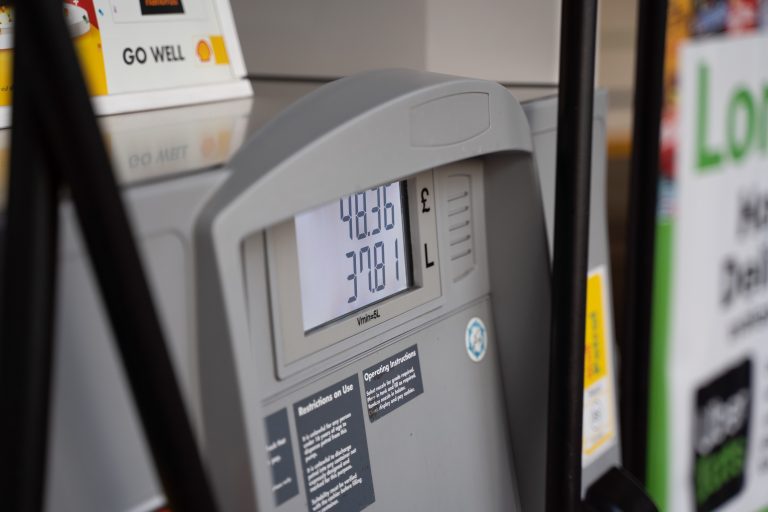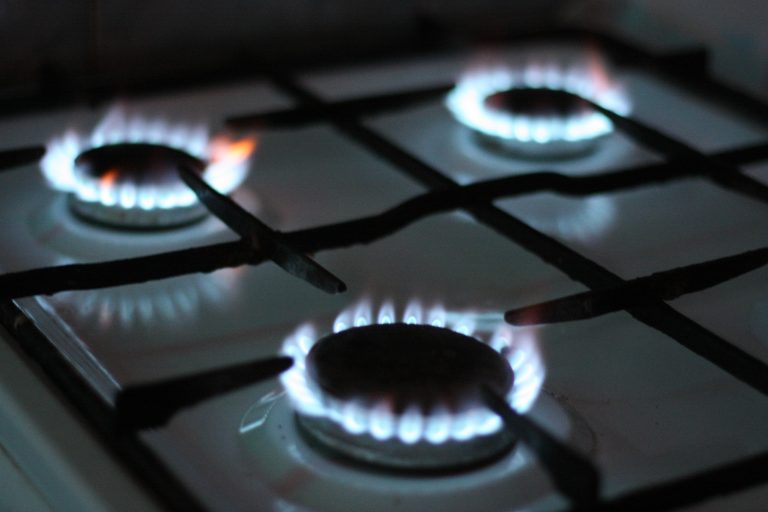Introduction
Buckinghamshire is one of the most affluent counties in the UK, with a low proportion of Universal Credit claimants, high average household incomes and expensive house prices. However, financial insecurity does exist and national comparative data reveals there are pockets of deprivation within Buckinghamshire including some of the poorest areas in the whole country. Compared to other counties, Buckinghamshire has a high cost of living, as evidenced by the high cost of housing. This means that low incomes can push households into poverty. Buckinghamshire is therefore not a uniformly affluent county and it is helpful to understand where financial insecurity exists, and why households might find themselves in poverty.
Data

Unemployment and economic inactivity
Data on the number of Buckinghamshire residents who are unemployment, economically inactive and claiming out-of-work / underemployment related benefits.

Cost of Living: Vulnerable Households
This dataset captures the relative risk of households falling below an acceptable standard of living as a result of rising costs. The indicator is presented as a score with a higher score indicating higher vulnerability. The cost of living is calculated using the 2021 Minimum Income Standard (MIS) developed at Loughborough University’s Centre for Research in Social Policy (CRSP). The Minimum Income Standard (MIS) presents a vision of the living standards that we, as a society, consider everyone in the UK should be able to achieve, based on what members of the public think we all need for an acceptable minimum standard of living.

Energy efficiency of domestic buildings
Energy efficiency is a key contributing factor of fuel poverty because properties with poor energy efficiency are likely to have costly fuel bills. The data is derived from postcode level Energy Performance Certificates (EPC) for domestic buildings. Data has been calculated by averaging (mean) the median energy efficiencies of local areas and the source of the data is the Department for Levelling Up, Housing and Communities.

Average House Prices
Average house price for all sold properties, over the last 12 months. The Land Registry collects data on all housing transactions, published by individual property and date. Community Insight presents this for your neighbourhoods, averaged over a 12-month period. The (N) figure in the data table is the total value of property transactions over the 12 month period (in £1,000s).

Indices of Multiple Deprivation (2019)
The Indices of Multiple Deprivation (IMD) is calculated by the Department for Levelling Up, Housing and Communities (DLUHC) and provides a relative measure of deprivation for small areas across England. The IMD combines data from 38 different indicators across seven broad ‘domains’ reflecting the multiple issues many deprived households face. The IMD ranks all 32,844 Lower Super Outputs Areas (LSOAs) in England against each other on the basis of their levels of relative deprivation or ‘scores’. The latest iteration of this data was published in 2019 utilising data which was sourced in 2016.

Households in Fuel Poverty
Fuel poverty in England is measured using the Low Income Low Energy Efficiency (LILEE) indicator. Under this indicator, a household is considered to be fuel poor if they are living in a property with a fuel poverty energy efficiency rating of band D or below, and when they spend the required amount to heat their home they are left with a residual income below the official poverty line. There are 3 important elements in determining whether a household is fuel poor: household income, household energy requirements and fuel prices

Children in absolute low-income families
A household must have claimed Child Benefit and at least one other household benefit (Universal Credit, tax credits or Housing Benefit) at any point in the year to be classed as low income in these statistics. These figures will present a percentage of all children (aged 0-19) who live in one of these households. Absolute low income measures families in low income based on what low income looked like in financial year ending 2011. Income is Before Housing Costs (BHC) and is equivalised to adjust for family size and composition.

Pension Credit Claimants
Pension Credit for residents aged 66 and over provides extra money to help with living costs for residents with low income. Pension Credit can help with housing costs such as ground rent or service charges. Pension Credit Claimants can be used as proxy for identifying residents in poverty and financial insecurity.

Universal Credit Claimants
Universal Credit supports residents who are on a low income or out of work. It includes a monthly payment to residents with their living costs. Conditions for receiving Universal Credit include being in the process of searching for work, being in work but receiving low earnings and health or caring responsibilities which prevent work due to limited capacity.








